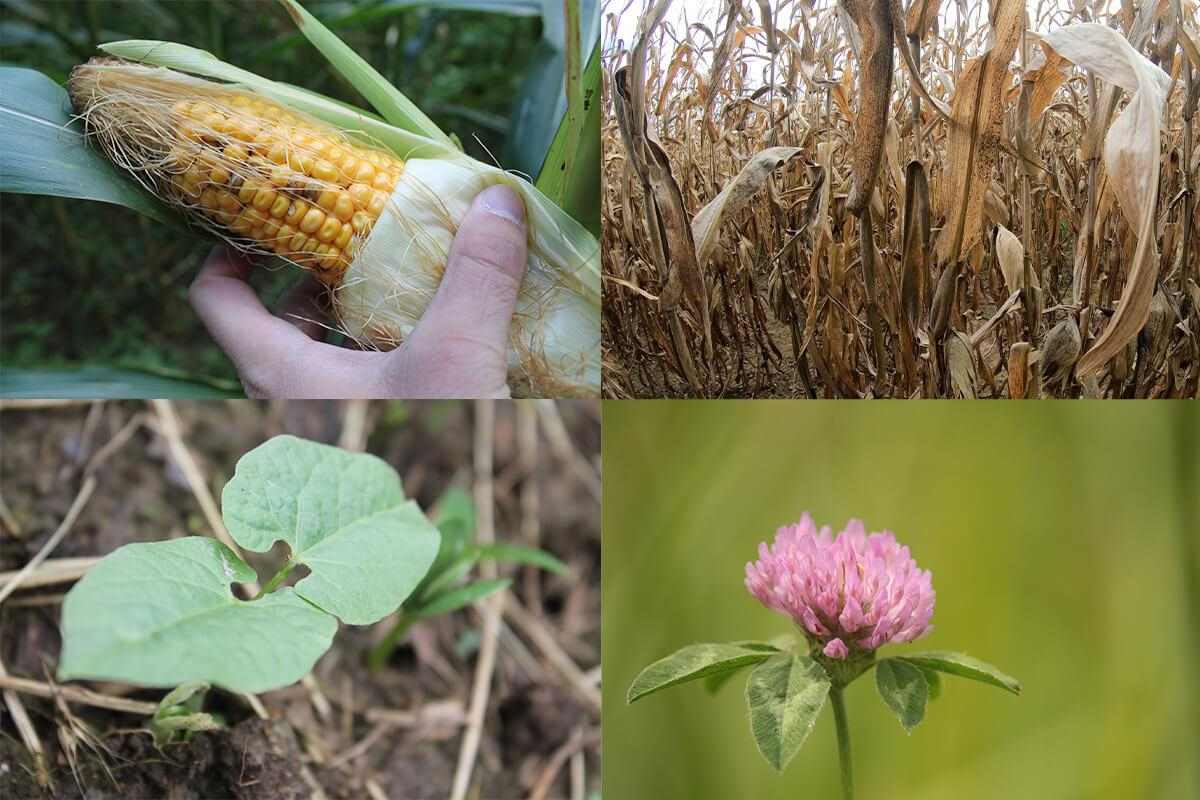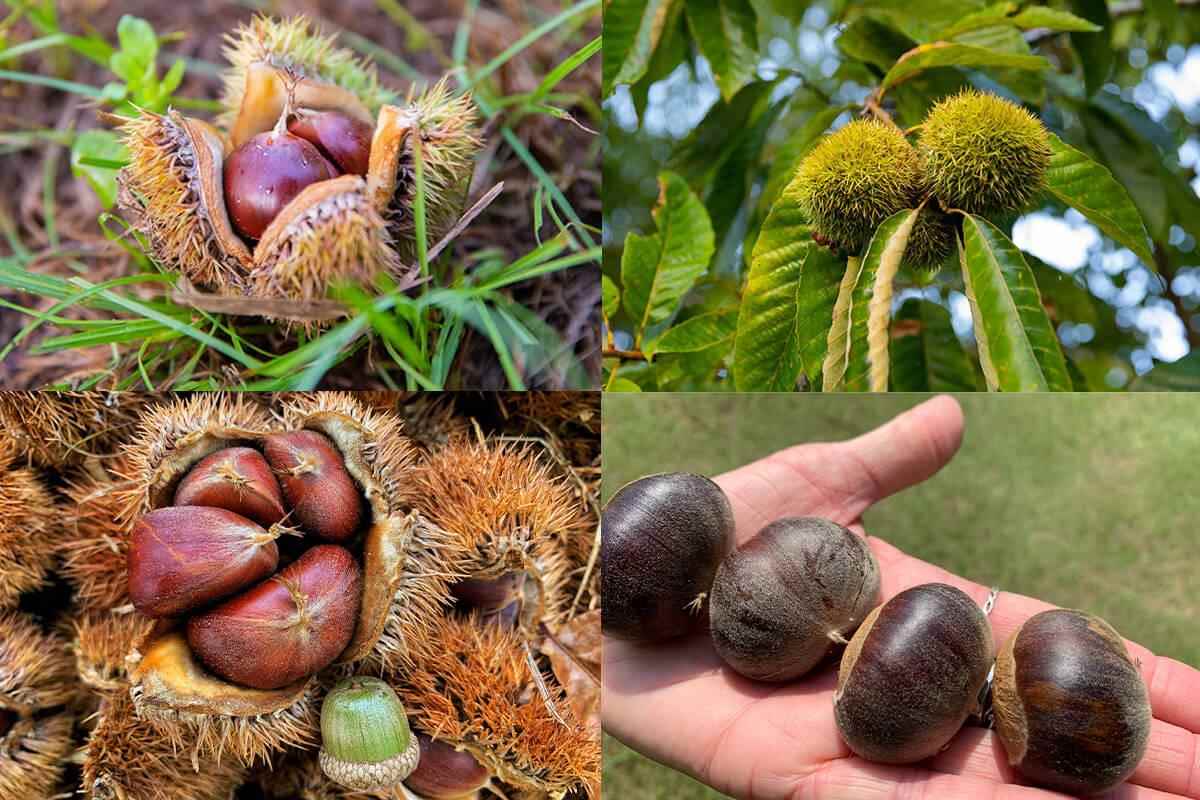This big mule deer buck offers the dream shot. Quartering away, head down and feeding, an arrow behind the shoulder will fill your tag in seconds. As ideal as this situation appears, it has a very low probability of happening and hunters must build probability into every ambush situation. Sure, we’d love to have deer walk right up to us, and look the other way, while we raise our bow and shoot, yet that scenario is very unlikely. It’s far better to prepare for reality and if lady luck makes our success easier, we’ll celebrate.
Embrace Distance
This single shot at 62.5 yards with a TenPoint Viper 430 demonstrates just how accurate a crossbow can be. I was aided by the Burris Oracle X rangefinding scope which selected the exact range for the shot. Crossbow hunters have the advantage of accuracy, especially if they can get a rested shot so that ranges of 30 or 40 yards can be near automatic. You should not shoot beyond ranges you have practiced, yet 30 or 40 yards can easily be duplicated in a backyard setting.
Point-And-Shoot Set-up
Earlier this month, I blogged about a point-and-shoot setup and that’s exactly what I will use for my upcoming mule deer hunt in Idaho. I sighted in my Meopta red dot scope at 25 yards using a 300-grain arrow and 150-grain target point to match the 150-grain Sevr Robusto broadhead I’ll be using on the hunt. I’ll pack my Final Rest and plan to watch several waterholes and feeding areas with the TenPoint locked on. To test the versatility of this setup, I shot a test arrow at 40.5 yards yesterday while aiming high on the shoulder of the Back-to-Back target. As expected, with a slight aiming compensation, I can use a single-dot aiming system with total confidence at a medium range.
How Close is Too Close?
The closer you are to an animal the more likely it will smell you, hear you, or see you. I had a chance to ambush a mule deer two years ago as the animal walked along a ravine trail 50 yards away. Slightly adjusting my prone stance, I crushed a leaf and the buck quartered directly toward me, preventing an ethical shot. Despite an animal in the rut and walking casually along a trail, the crush of a single leaf ruined the opportunity. Sounds like clicking a safety to the “off” position, brushing your sleeve against the trunk of a tree, or even the tiniest unnatural sound can spoil a shot. When winds swirl, the closer to the animal, the greater your likelihood of being detected.
Can’t Jump the String
I have hunted African animals from waterhole ambushes for nearly 10 years and have never had one jump the string from a crossbow. African animals know that waterholes are places of great danger and almost always approach with their muscles coiled for escape. I once chewed a bite of apple with my mouth closed and had a kudu bull raise its head from 20 yards away. The sound of a compound bow’s release can cause a deer to duck before an arrow will reach it, however, this rarely happens with a crossbow and should never happen with crossbows 400 feet per second or faster. For this reason, you can plan your ambush from deeper into cover and improve your chances for success.


























